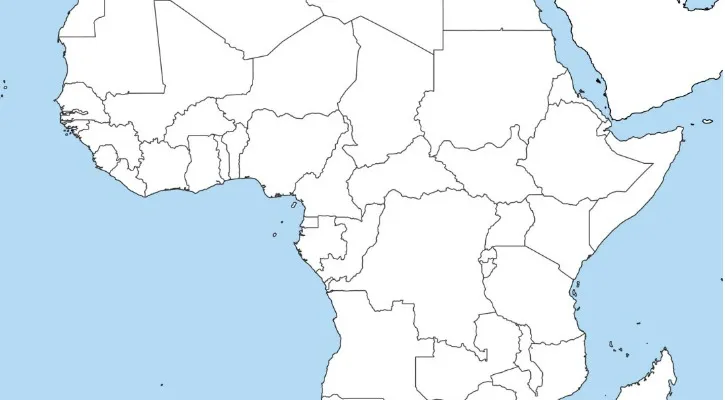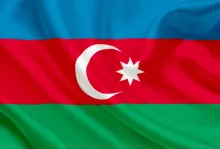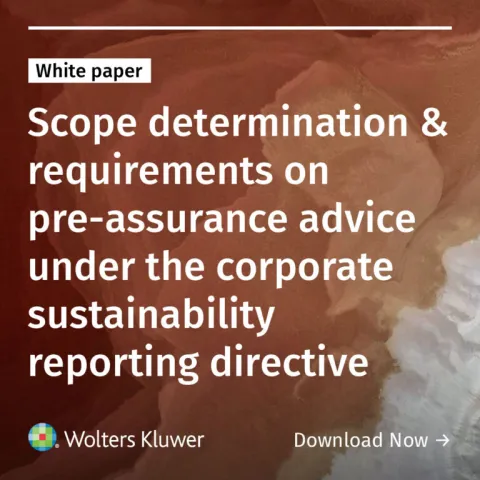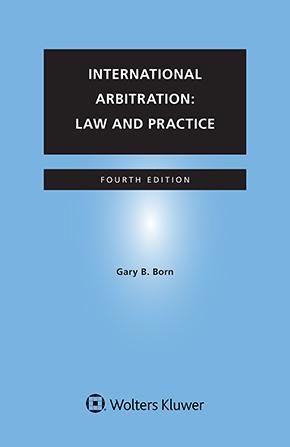Trade Dispute Resolution Under the African Continental Free Trade Area Agreement: Choice of Forum and Jurisdictional Questions
October 30, 2025
At the heart of every free trade agreement (FTA) is an established dispute resolution process whereby parties undertake to resolve disputes that may arise between state parties. Given the huge capital often at stake in cross-border trade transactions, FTAs must provide a rock-solid legal foundation that ensures predictability, stability, transparency, and an effective system of compelling compliance with parties’ commitments under FTAs. Indeed, the establishment of dispute resolution mechanisms in trade agreements reinforces the commitment of parties and provides assurance to exporters that an avenue for seeking redress exists independent of domestic courts. Undoubtedly, the creation of dispute resolution mechanisms (DSM) in regional trade agreements is central to the process of economic integration as it acts as a catalyst for deeper economic integration amongst parties.
The resolution of international trade disputes has evolved from a diplomatic approach to a more legalistic or judicial approach. At the multilateral level, trade disputes under the General Agreement on Tariffs and Trade (GATT) were resolved by diplomatic means at semi-annual meetings of parties. The DSM at the multilateral trading system transitioned to a more arbitrational procedure under the World Trade Organization (WTO). The DSMs in preferential trade agreements like the United States-Mexico-Canada Agreement (USMCA), the Comprehensive Economic and Trade Agreement (CETA), and the Comprehensive and Progressive Agreement for Trans-Pacific Partnership (CPTPP) are somewhat a fusion of both diplomatic and legalistic approaches to trade dispute settlement. Disputing parties in the said agreements are required to attempt to resolve disputes through direct consultations before a panel is established, should consultations fail. Accordingly, the draftsmen of the African Continental Free Trade Area Agreement (AfCFTA) were careful to establish a DSM under article 20 of the agreement for the settlement of trade disputes between member states. Article 20 (2) of the AfCFTA created a Protocol that lays down the rules and procedures for the settlement of disputes.
This post examines the co-existence of the AfCFTA DSM with the DSMs of Africa’s regional economic communities (RECs). It examines issues of choice of forum, overlapping jurisdiction, and complementarity. It also considers relevant provisions in mega-regionals to make recommendations on how to address the conundrum of overlapping trade DSMs on the African continent.
AfCFTA and Overlapping Regional Agreements
The AfCFTA recognizes eight RECs. All eight RECs have DSMs that will now operate alongside the AfCFTA DSM. The existence of DSMs in both the AfCFTA and the RECs necessarily raises questions on overlapping institutions and conflict of jurisdiction since most members of the RECs are also AfCFTA State Parties. As an example, Angola and Botswana are both member states of the AfCFTA and the Southern African Development Community (SADC). Should a dispute arise between Angola and Botswana on an obligation covered by both treaties, what dispute settlement body is clothed with the jurisdiction to hear and resolve the dispute conclusively? Could the aggrieved party approach the AfCFTA and the SADC concurrently to resolve a trade dispute that arose from the same set of facts? Could the aggrieved party institute an action under the AfCFTA after receiving an unfavourable ruling at the SADC? In other words, is it permissible for the aggrieved party to approach the SADC dispute resolution body as a court of first instance and thereafter proceed on appeal under the AfCFTA? The foregoing questions are addressed in the paragraphs that follow.
Frontally addressing the possibility of conflict between the AfCFTA and regional agreements, article 19 of the AfCFTA makes an overriding provision by stating that should there be any conflict and inconsistency between the AfCFTA and a regional agreement, the AfCFTA shall prevail to the extent of the inconsistency. Yet, aligning with the AfCFTA’s principle of using the REC’s FTAs as building blocs, the said provision further provides that AfCFTA member states that are parties to other regional agreements that have attained a higher level of integration should maintain the higher level of integration as against the AfCFTA. Although this provision aims to ensure a harmonious relationship between the AfCFTA and the RECs’ FTAs, the provision does not have the effect of creating a complementary relationship between the dispute resolution bodies of the AfCFTA and that of the RECs.
Choice of Dispute Resolution Forum and Potential Conflict Between the AfCFTA and the RECs
In an effort to avoid the possibility of duplicative proceedings and conflicting rulings between the dispute settlement bodies of the AfCFTA and the RECs, the AfCFTA clearly defined how state parties are to pursue trade dispute resolution in relation to the other options presented by the RECs’ DSMs. In addressing this, article 3 (4) of the AfCFTA Dispute Protocol provides that a state party shall not approach another forum for the resolution of a dispute when the same matter is before the AfCFTA. While this may be an important provision to ensure that state parties do not concurrently approach different forums for the resolution of the same dispute, it does not thoroughly ‘cover the field’. The provision still leaves room for relitigating an already resolved trade dispute at other forums. It also certainly falls short of ensuring complementarity with the DSMs of the RECs. Clearly, the provision in question does not preclude members from approaching the AfCFTA to resolve the same trade dispute that has been heard and determined by the dispute settlement body of a REC. A more effective provision would be a provision that recognizes the res judicata effect of decisions delivered by the dispute settlement body of either the AfCFTA or a REC. In other words, the ideal provision should have the effect of estopping the same state parties from relitigating the same matter that has been heard and determined at either a REC or the AfCFTA.
Taking a Cue from Mega-Regionals
The AfCFTA can take a cue from the dispute settlement provisions in other trade agreements from other regions. A perfect example would be the choice of forum provision in the USMCA. Article 31.3 of the USMCA creates a provision that has the semblance of a ‘fork in the road clause’ found mostly in bilateral investment treaties. The said provision recognizes the jurisdiction of the dispute resolution body of other international trade agreements to which its parties are party. The provision gives state parties of the USMCA the opportunity to select whether to pursue the resolution of a dispute under the USMCA or under another FTA to which the parties in dispute are party. The provision went on to state that once a complaining party selects a forum to seek redress, “the forum selected shall be used to the exclusion of the other fora.” Similarly, article 28.4 of the CPTPP allows its parties to select the dispute resolution entity of any other trade agreement for the resolution of disputes. The provision noted that once a forum is selected, the selected forum automatically assumes exclusive jurisdiction to hear and determine the matter. In the same vein, the dispute settlement provision in the CETA permits its state parties to have recourse to the dispute resolution body of other trade agreements to which its parties are party for the resolution of a trade dispute (see article 29.3 (1)). The CETA was unequivocal in stating that once a party commences a dispute settlement proceeding under the CETA or any other trade agreement, the same dispute is not actionable under another agreement (see article 29.3 (2)). The comprehensive provisions in the aforementioned mega-regionals effectively addresses the possibility of concurrent litigating of similar matters at different forums, or as an appeal, relitigating the same dispute after it has been decided upon under another trade agreement. The said provisions also undoubtedly ensure complementarity between the DSMs of other trade agreements to which their member states are party.
Conclusion
Unless article 3 (4) of the AfCFTA Dispute Protocol is amended to have the effect of a fork-in-the-road clause as seen in the aforementioned mega-regionals, REC members might resort to the AfCFTA DSM as an ‘appellate court’ for unfavourable decisions delivered by the dispute settlement bodies of RECs. The lacuna can also be addressed by the AfCFTA if its panels establish a system of precedence that recognizes the res judicata effect of decisions delivered by the dispute settlement bodies of RECs.
Davou Kim Pam is a lawyer licensed in Nigeria and Canada.
You may also like











